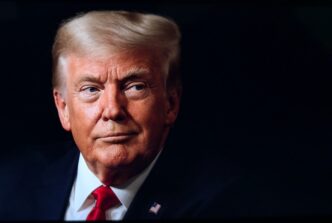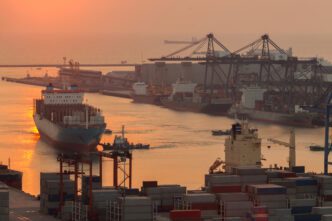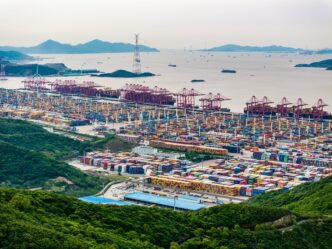The Congressional Budget Office (CBO) has released a new analysis concerning President Donald Trump’s recent tariff measures. The report projects that these tariffs will reduce the federal deficit by $2.8 trillion over the next decade. However, it also anticipates an increase in inflation and a contraction in economic size. This analysis arrives in the wake of President Trump doubling tariffs on steel and aluminum from 25% to 50%, a move that has sparked significant discussion.
Economic experts have expressed concerns about the tariffs’ broader impact on the U.S. economy. Although the tariffs are intended to bolster the domestic steel and aluminum industries, there are fears that the increased costs will render American companies less competitive on the global stage. Higher prices on these materials could lead to a decline in international competitiveness and could require American companies to seek acquisitions abroad to maintain global market presence.
The CBO’s assessment also highlights uncertainties in the economic forecast, noting potential retaliatory measures from international trade partners. This reaction could further complicate the economic landscape, leading to volatility and decreased long-term investment.
In addition to the tariff analysis, the CBO reported on the anticipated effects of President Trump’s spending and tax cut legislation. The bill is expected to increase the federal deficit by $2.4 trillion over the next ten years and could result in nearly 11 million Americans losing health coverage by 2034. The legislation, which aims to extend tax cuts from 2017, is currently before the Senate after passing the House without Democratic support.
The tariff strategy, as explained by experts, is part of ongoing negotiations and serves as a tool to influence these discussions. However, the potential for creating imbalances within the U.S. economy and eliciting negative responses from trade partners remains a significant concern.
As these policies continue to unfold, businesses and economic observers are closely monitoring the developments, wary of the long-term implications for both domestic and international markets. The situation continues to evolve as stakeholders assess the best course of action amid these sweeping changes.








